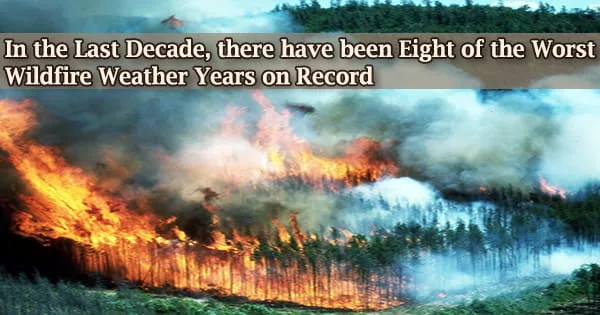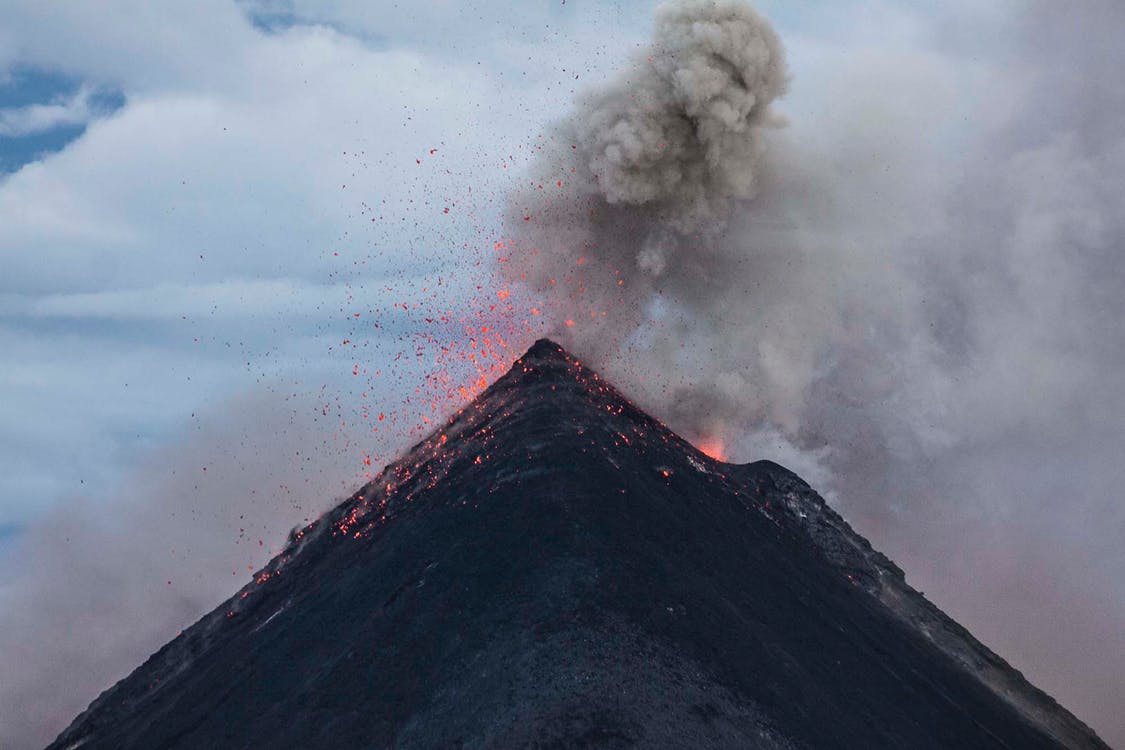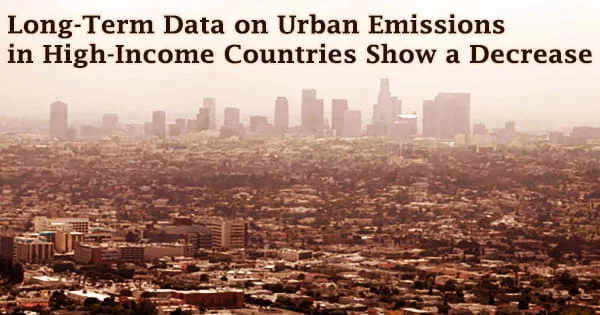The EPA classifies wildfires as natural catastrophes, and while many wildfires are triggered by lightning strikes, the great majority are caused by humans. According to the National Park Service, over 85 percent of all reported wildfires are the result of negligent or reckless human behavior.
Campers, electrical power lines, stray cigarettes, and equipment failures are all to blame for the majority of these fires. According to a new study, a drop in atmospheric humidity combined with rising temperatures caused the world’s eight most extreme wildfire weather years happened in the last decade.
“Extreme conditions drive the world’s fire activity,” said former U of A wildfire expert Michael Flannigan, who conducted the research with study lead Piyush Jain, a research scientist with Natural Resources Canada, and Sean Coogan, postdoctoral fellow Faculty of Agricultural, Life & Environmental Sciences.
“For example, in Canada, just three percent of fires are responsible for 97 percent of the area burned.”
The researchers used common fire weather indexes that provide estimates for fire intensity and rate of spread, as well as changes in vapour pressure, or humidity, to look at extreme fire weather trends from 1979 to 2020.
The findings show that rising global temperatures and lower humidity are linked to the possibility of naturally occurring major fire occurrences occurring more frequently, spreading to new areas, and burning more intensely than ever before in recorded history.
It’s unknown how half of the wildfires that have been recorded started. Extremely dry conditions, such as drought, and high winds enhance the risk of wildfires. Transportation, communications, power and gas services, and water supply can all be disrupted by wildfires. They also result in a decrease in air quality, as well as the loss of property, crops, resources, animals, and people.
It is not all attributable to fires, but fires do play a role. When you remove the vegetation, the rain is not being intercepted by the trees, the roots aren’t picking up the moisture, there is nothing to give the soil stability you’re much more likely to see land and mudslides in burnt areas.
Michael Flannigan
Fire weather indices, which integrate daily weather variables linked to fuel moisture and fire behavior, are commonly used to assess extreme fire weather. The Canadian Fire Weather Index System (CFWIS) is one of several indices used around the world.
The CFWIS is the most extensively used method for estimating fire weather in both operational and research settings around the world. The CFWIS makes use of meteorological variables such as air temperature, relative humidity (RH), wind speed (WS), and precipitation, which have been demonstrated to have a significant impact on the occurrence, behavior, and impacts of wildfires.
More than three-quarters of significant increases in intensity and fire spread were caused by decreasing relative humidity, while 40% of significant trends were caused by increasing temperature.
In addition, the study discovered significant increases in extreme weather that can cause big fires in about half of the world’s burnable land mass, including Northern Canada and British Columbia.
According to Flannigan, extreme weather has increased in almost every part of the world over the last 40 years, with substantial increases in the last two decades.
“It’s not a big surprise, but with climate change, we expect warmer conditions to continue and this trend to continue, expand and get worse.”
Flannigan claims that three of the last five fire seasons in British Columbia, 2017, 2018, and 2021, are the worst on record.
Devastating BC Flooding Illustrates Further Risks of Increased Fire Activity
Living in the midst of a wildfire also means dealing with its aftermath. A notable example is the recent flooding that has hampered land movement in and out of B.C.’s lower mainland.
“It is not all attributable to fires, but fires do play a role. When you remove the vegetation, the rain is not being intercepted by the trees, the roots aren’t picking up the moisture, there is nothing to give the soil stability you’re much more likely to see land and mudslides in burnt areas.”
“This has been documented in California for years.”
He pointed out that even if global warming halted tomorrow, the wildfire threat would loom large for decades, therefore communities must be prepared for all wildfire scenarios.
“We’re on this path of a new reality. It’s not normal because there’s nothing normal about what’s going on.”
















